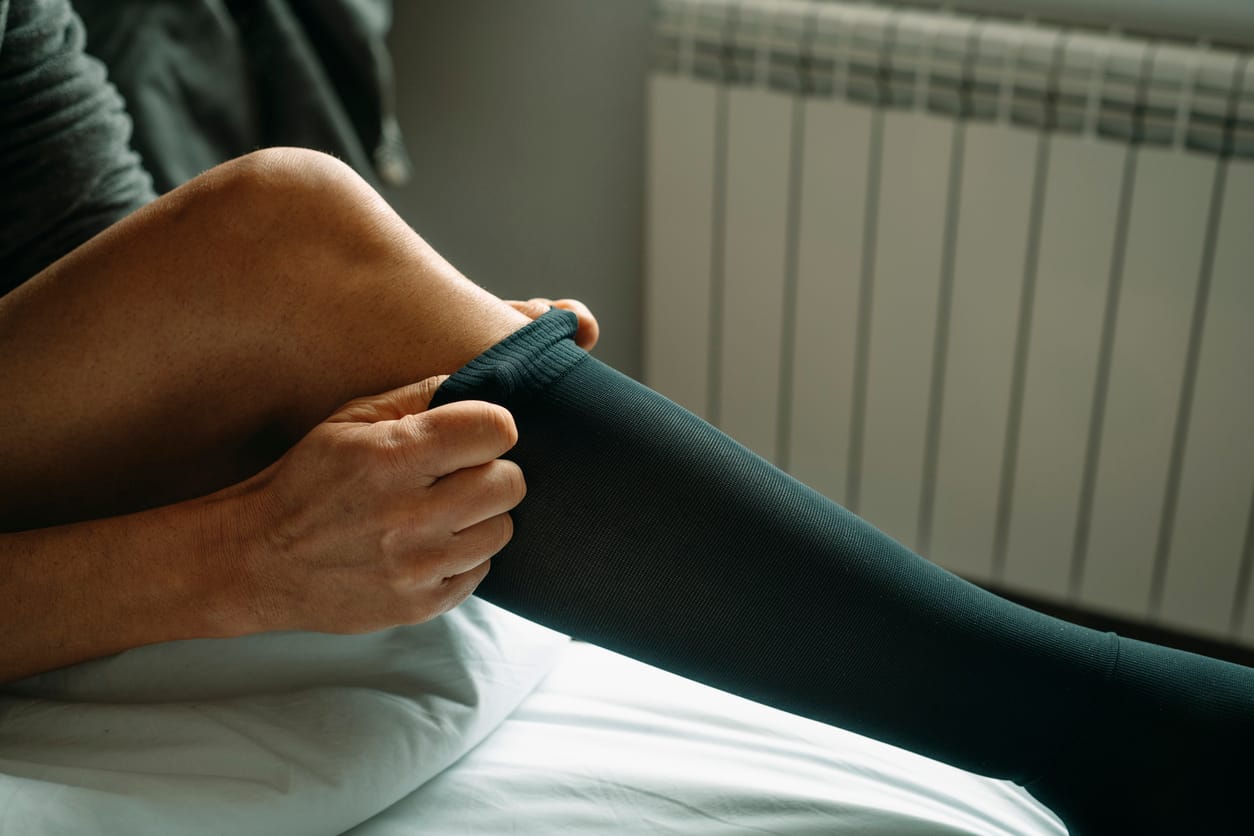
As time passes, our bodies take a beating. We feel ourselves becoming weaker and functioning less like we used to unless we incorporate regular exercise into our daily routines. This also applies to our pelvic floor. The term pelvic floor refers to the muscles which stretch from the pelvic bone to the base of the spine and is most recognised as the tool we use to control urination. As you can imagine, ageing and childbirth will put serious strain on this area causing it to weaken and potentially leading to urinary incontinence. This is a fact of life but we have put together some provisions to help regain control or prevent the loss of it in the first place. Do not be embarrassed, this applies to most of us.
Simulate Stopping the Flow
The most widely accepted form of pelvic floor exercise, commonly known as a kegel exercise, is squeeze the muscles of the pelvic floor as if you are stopping the flow of urine. Although the best way to check that you are doing this correctly is to stop or slow the flow of urine while urinating, do not do this repeatedly as it may cause damage to the bladder.
To perform this exercise, find yourself somewhere comfortable to relax and begin to squeeze your pelvic floor as though you are controlling the flow of urine. This should be repeated 10-15 times at the beginning with gradual increase to the length and numbers of squeezes as you become more comfortable with the exercise. There is no need to push yourself with this, take your time.
This exercise will prove to be most useful to those who feel that they have lost strength in the area, pregnant women or women planning on becoming pregnant and men suffering from erectile dysfunction.
Incorporate Exercises to Your Routine
You may already have developed some form of a fitness routine which could benefit from some additional exercise focused on the pelvic floor or you may just want to take the next step up from standard kegels. The following exercises may already form a part of your routine or work as a welcome addition to your day.
Bridge
Lie on the floor with your knees bent and feet flat. Make sure to engage your pelvic floor as you lift your hips. Hold this position 10 seconds and repeat 10 times.
Jumping Jacks
Stand with your feet slightly apart and your arms by your sides. In one motion, jump your legs apart and lift your arms above your head. As you jump, be sure to engage your pelvic floor. Relax as your jump back to your original position. Repeat 10 times.
Squat
Stand with your feet shoulder width apart and your feet pointing slightly out (to promote balance). Engage both your core and your pelvic floor as you bend your knees to lower yourself as if you are sitting into a chair. Keep your back completely straight and keep your muscled engaged as you return to standing. Repeat 10 times.
The above exercises will become an invaluable part of your day as you start to feel your control of your pelvic floor strengthen day by day. Although pelvic floor fitness is often associated with women due to pregnancy and childbirth, these exercises are also of incomparable value to men suffering from urinary incontinence or erectile dysfunction. This proactive approach will be easy to incorporate into your daily routine and should be adopted by anyone who wishes to act in improving their pelvic floor fitness.
















